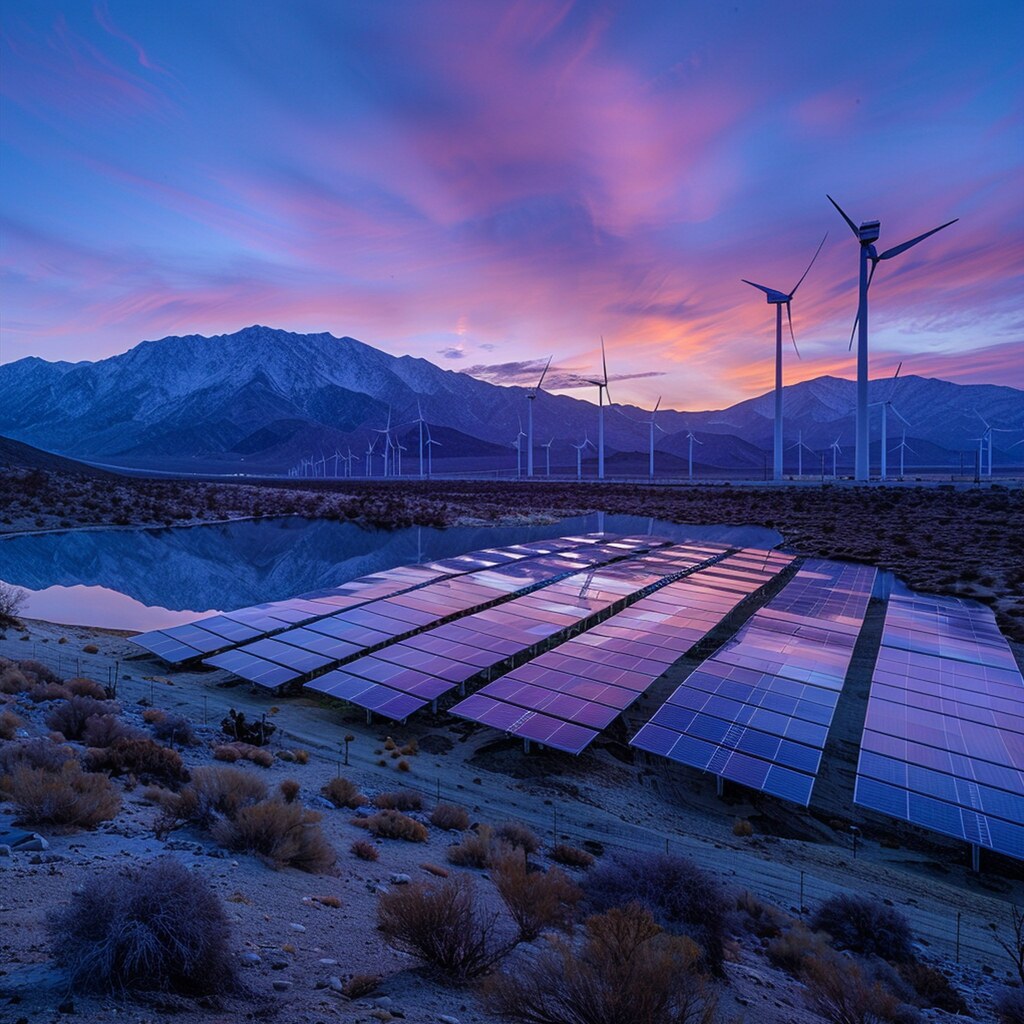Renewable energies generated more than 30% of the world’s electricity in 2023 thanks to the momentum achieved by wind power and the spectacular growth of solar energy. This historic record encourages us to continue betting on a 100% renewable electric model, as said in the fifth edition of the ‘Global Electricity Review 2024’ prepared by a group of independent global energy experts. This study by Ember’s analysts offers a complete overview of what happened in the global electricity system last year based on generation data from 80 countries representing 92% of global electricity demand. However, they conclude that in 2023, the electricity sector reached the peak of greenhouse gas (GHG) emissions, which in their view should be a turning point in the transition towards a 100% renewable and carbon-neutral model.
“The renewables future has arrived. Solar in particular is accelerating faster than anyone thought possible,” says Dave Jones, Global Insights Programme Director, Ember, dedicated to compiling, selecting, and analyzing energy sector data to promote progress toward a clean and electrified energy future. From 2000, renewable energies have increased from generating 19% of the world’s electricity to more than 30% of global production, driven by the spectacular development of solar and the determined advance of wind power, which together increased from generating 0.2% in 2000 to 13.4% in 2023. Solar energy was the fastest-growing electricity generation source in the world, followed by wind power, contributing more than twice as much as coal.
As a result, GHG emissions associated with electricity production fell 12% in 2023 compared to 2007. The EU has experienced a much faster expansion of solar and wind energy than the global average (7.8%), reaching a share of 27% in 2023. In fact, the EU accounted for 17% of the global growth in generation from these clean energy sources last year, allowing its share of renewable electricity production to far exceed the global average, reaching 44%. Meanwhile, and as highlighted in the study, in the last ten years, the EU has registered the second-largest global decline in coal production, after the USA, allowing it to take a significant step towards its goal of being a carbon-neutral economy by 2050 (with an intermediate target of 55% by 2030), as established by the European Climate Law approved in 2021.
Similar Post
Carbon neutrality is achieved when the same amount of GHG is emitted into the atmosphere as is removed from it by various means (sinks), equivalent to a zero or neutral balance. GHG emissions from the EU’s electricity sector peaked in 2007 and have decreased by 46% since then. The Ember report highlights that clean electricity has already contributed to slowing the growth of fossil fuels by almost two-thirds over the last ten years. As a result, half of the world’s economies have moved forward at least five years to their peak of fossil fuel consumption.
“Expanding clean electricity not only helps to decarbonise the power sector. It also provides the step up in supply needed to electrify the whole economy; and that’s the real game-changer for the climate,” emphasizes Dave Jones. “2023 was likely the pivot point – peak emissions in the power sector – a major turning point in the history of energy,” he added. At the end of 2023, nations committed at the UN climate conference (COP28) to take measures to triple the global capacity of renewable energy by 2030. This would allow the world to reach 60% of electricity from renewable sources. ” But the pace of emissions falls depends on how fast the renewables revolution continues,” highlights Dave.


















